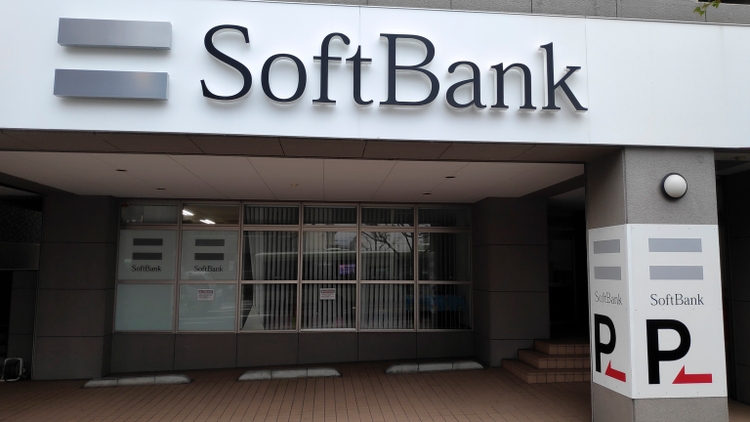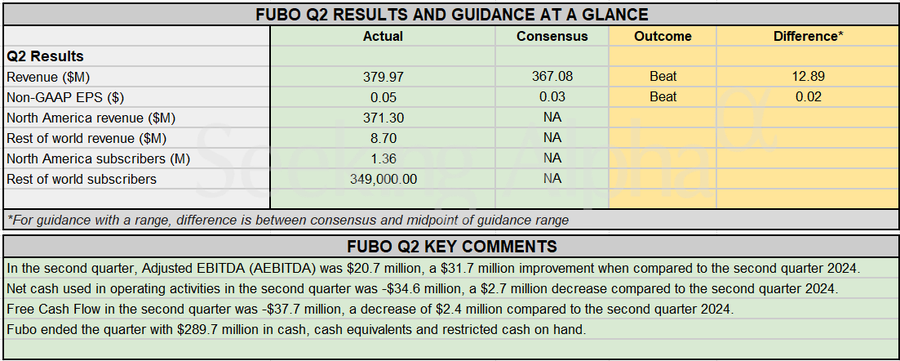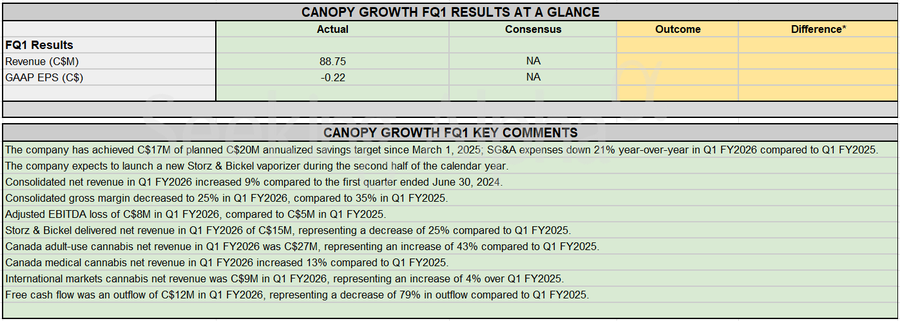- In today’s CEO Daily: Diane Brady talks to serial entrepreneur Geoff Nudd about how to get the best out of AI.
- The big story: Trump demands Intel CEO’s resignation.
- The markets: U.S. futures are up but global markets are less enthusiastic.
- Plus: All the news and watercooler chat from Fortune.
Good morning. OpenAI’s GPT-5 is live and free! You can read all about Sam Altman’s latest LLM model and what this does to its competition with Google and Meta here. How will it impact all the entrepreneurs and business leaders who are building business models around these ever-changing technologies? The answer may be, “not much.”
I spoke with serial entrepreneur Geoff Nudd yesterday, whose startup Anonymous Health deploys AI to help people overcome addiction and unwanted habits. Launched in June, it now serves more than 10,000 users. While Nudd is pleased to have access to more intelligence, he likens the update to the “heyday of semiconductors where you always want to be planning for what’s going to be out there in 18 months.”
Nudd argues there are five main components to delivering value: the LLM, the context, the prompt, the workflow and the evaluation. “It’s those five things working together in concert that really create magic,” he says. “The frontier models are effectively commoditized. How you create value goes back to those other four components.”
“Folks like us will go to whatever is cheapest at some point, because they’re all basically the same,” he added. “If I have the system of record for the industry, plus touch points into other systems, then I have the broadest possible context.”
His advice: Seek breadth in your systems, go deep in understanding your customer and deploy new capabilities with purpose. Nudd’s model, for example, uses AI to engage users at times of high risk for addictive behavior. It’s a tool to help humans live better lives in an age of AI.
This story was originally featured on Fortune.com

 2 hours ago
1
2 hours ago
1















 English (US) ·
English (US) ·